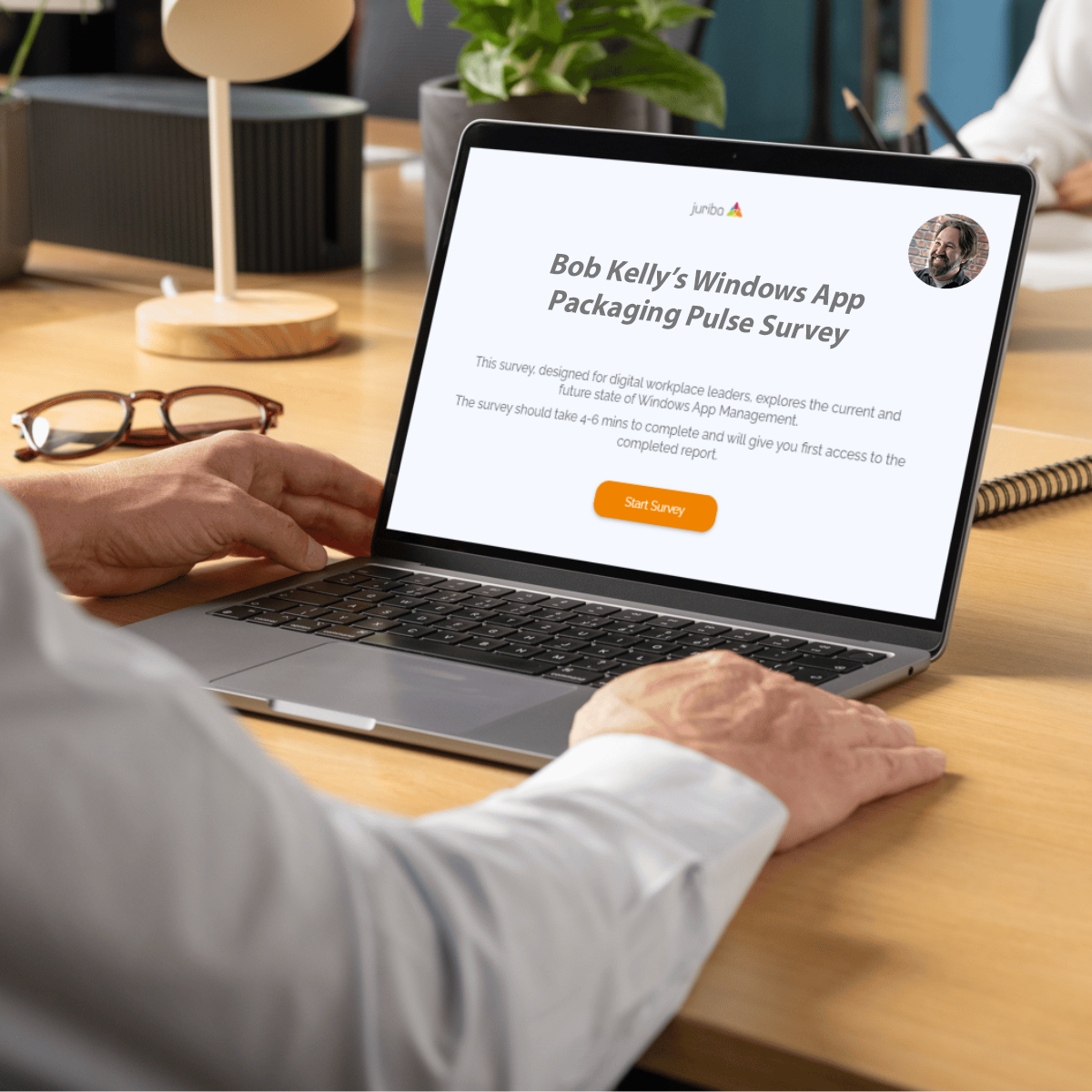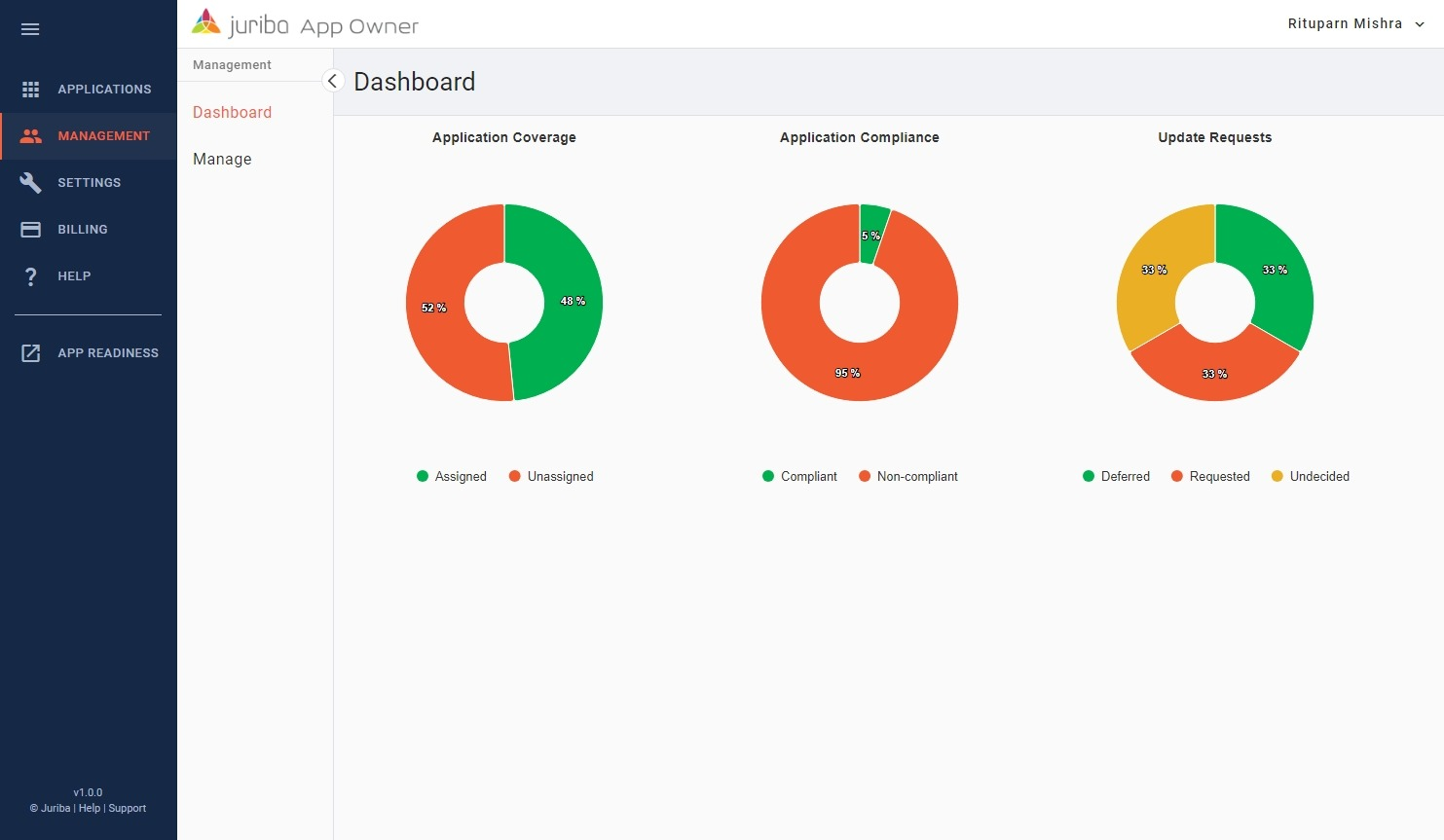Rethink Packaging – Automate What You Can, Master the Rest
January 9th, 2025
3 min read
By Bob Kelly
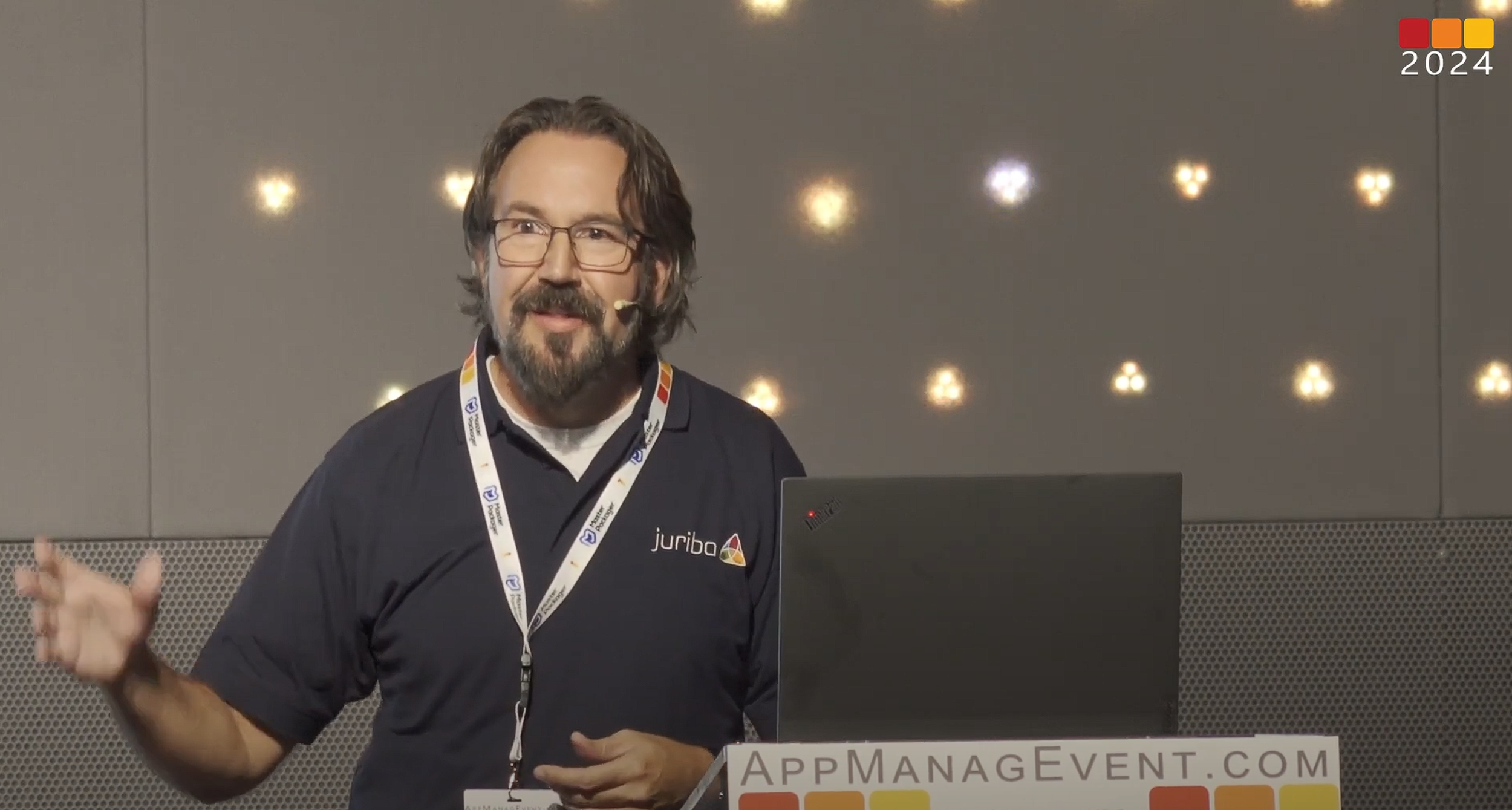
Packaging applications for enterprise environments has always been a delicate balance of art and science. Over the years, we've witnessed tremendous changes in tackling these challenges. At AME 2024, I was privileged to present "Rethink Packaging: Automate What You Can, Master the Rest." Below, I’ll summarize the key takeaways from this session. You can also watch the full presentation in the embedded video at the end of this article.
For this session, my goal was to talk about the value of package automation to an audience consisting mostly of people performing this task with very little automation. The tasks have historically been considered too challenging for automation, but times are changing. I solicited a quick survey to the audience, and a significant percentage of those present expressed high expectations for harnessing automation more fully in 2025, highlighting the increasing momentum and optimism. Further, I offered the same survey at the end of the session and was pleased to see an 8% increase in the attendees' belief in automation's feasibility, reflecting a solid progression in their confidence to leverage these tools effectively.
The evolution of packaging automation
The packaging landscape has transformed; in the early days, it lacked standardization, making every package a unique puzzle. The introduction of MSI (Microsoft Installer) and virtual machines revolutionized the field. Automation tools, command-line support, and dynamic VM management are game-changers, but some limitations remain.
What’s different today?
- Most applications now include command-line support for unattended installation and removal.
- Virtual machines allow scalable, efficient testing environments, reducing the overhead of maintaining physical setups.
- Automated smoke testing can quickly ensure that basic installation, launch, and uninstall processes work as expected, allowing you to identify issues and iterate more quickly to find a suitable solution.
What we’ve built at Juriba
With Juriba App Readiness, we’ve developed tools to address many of the gaps present in existing solutions:
- Dynamic Command-Line Support leverages Juriba KB (public data, crowdsourcing, and our expert packaging teams) and Juriba AI to suggest reliable installation parameters for any installation provided (in contrast to a limited catalog of specifically supported applications).
- Automated or manual repackaging allows you to easily generate alternative packaging formats like MSI, MSIX, and App-V and provides a simple method to capture any desired customizations. You can repackage automatically using the vendor command line or using Juriba AI. You can also leverage command-line options directly, including options to support AppAttach, IntuneWin, and PSADT.
- VM Management means dynamically spinning up and down environments tailored to customer needs to automate at scale as quickly and efficiently as possible. App Readiness even goes so far as to help you maintain up-to-date images of your images for repackaging and testing purposes.
- Integrated testing allows for robust, automated validation directly integrated with the packaging process to ensure these automatically generated packages function as expected.
What can’t be automated
Despite advancements, some challenges remain, and packagers will remain in demand for the foreseeable future. They just need to spend time on the less challenging applications, which ultimately means there is more capacity to manage more of the enterprise application portfolio.
- Applications that require user input, such as login, to install or launch successfully.
- Complex customizations with challenging licensing configurations.
- MSIX packages often need PSF (Package Support Framework) fixups requiring expertise. Fortunately, we can now proactively apply fixups that may be necessary to do a much better job of automating the creation of MSIX packages that don't trip on the common challenges associated with running an application in a virtualized space.
The patch catalog limitation of requiring a publicly available installer need not be a barrier to automation. With integrated, rapid smoke testing at your disposal, it is easy to iterate and discover what works when packaging challenges are encountered. Juriba is building a knowledge base of application information that can identify applications that resist automation and explain why!
The Future: Autonomous Endpoint Management (AEM)
Finally, in this session, I introduce the idea of AEM, which combines unified endpoint management with AI-driven insights to automate application updates. While automation takes center stage, experts remain essential to guide and validate these systems. Juriba is leading the charge with solutions powered by AI and enriched data from our Knowledge Base.
Key takeaways
- Automation is here to enhance, not replace, the need for packaging expertise.
- Smoke testing and dynamic VM management allow automation at scale, significantly reducing deployment risks.
- Full automation isn’t always possible, but that’s okay—expert packagers are critical for applications identified as resistant to automation.
- Autonomous Endpoint Management is the future, blending AI with human intelligence for smarter workflows.
Watch the full presentation below to explore these ideas in more detail. Do you have questions or thoughts? My door is always open for non-sales and technical discussions; please book time with me here. Together, we can reshape the future of application packaging.
Bob is Chief Product Officer at Juriba. He is a frequent speaker at IT Pro events and is the author of multiple books on desktop and application management. He is a three-time Microsoft MVP and the founder of the AppDeploy/ITNinja communities. With a rich background in product management, he has spearheaded several market-leading IT professional solutions, driving innovation in the Windows app management space.
Topics:








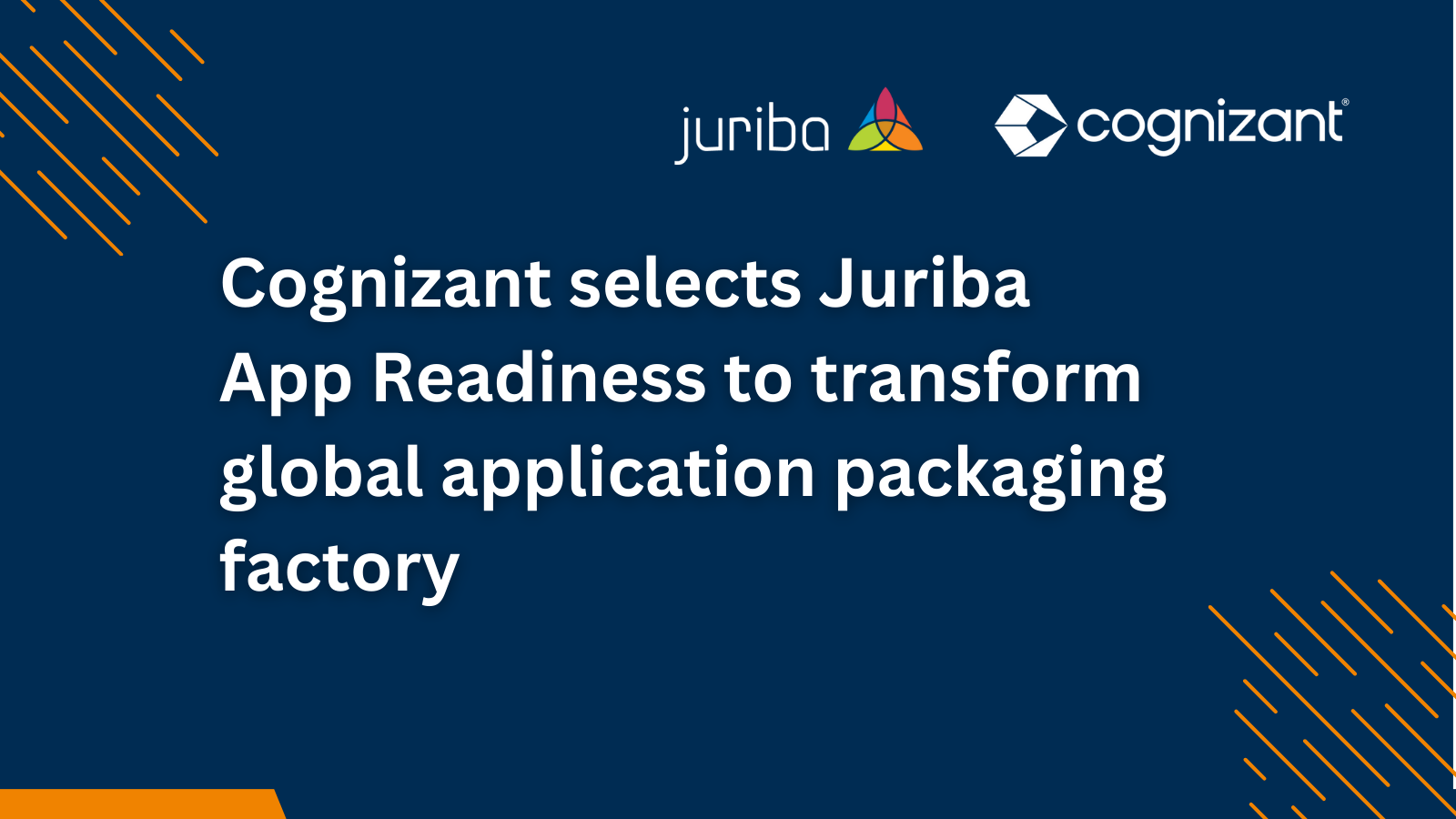
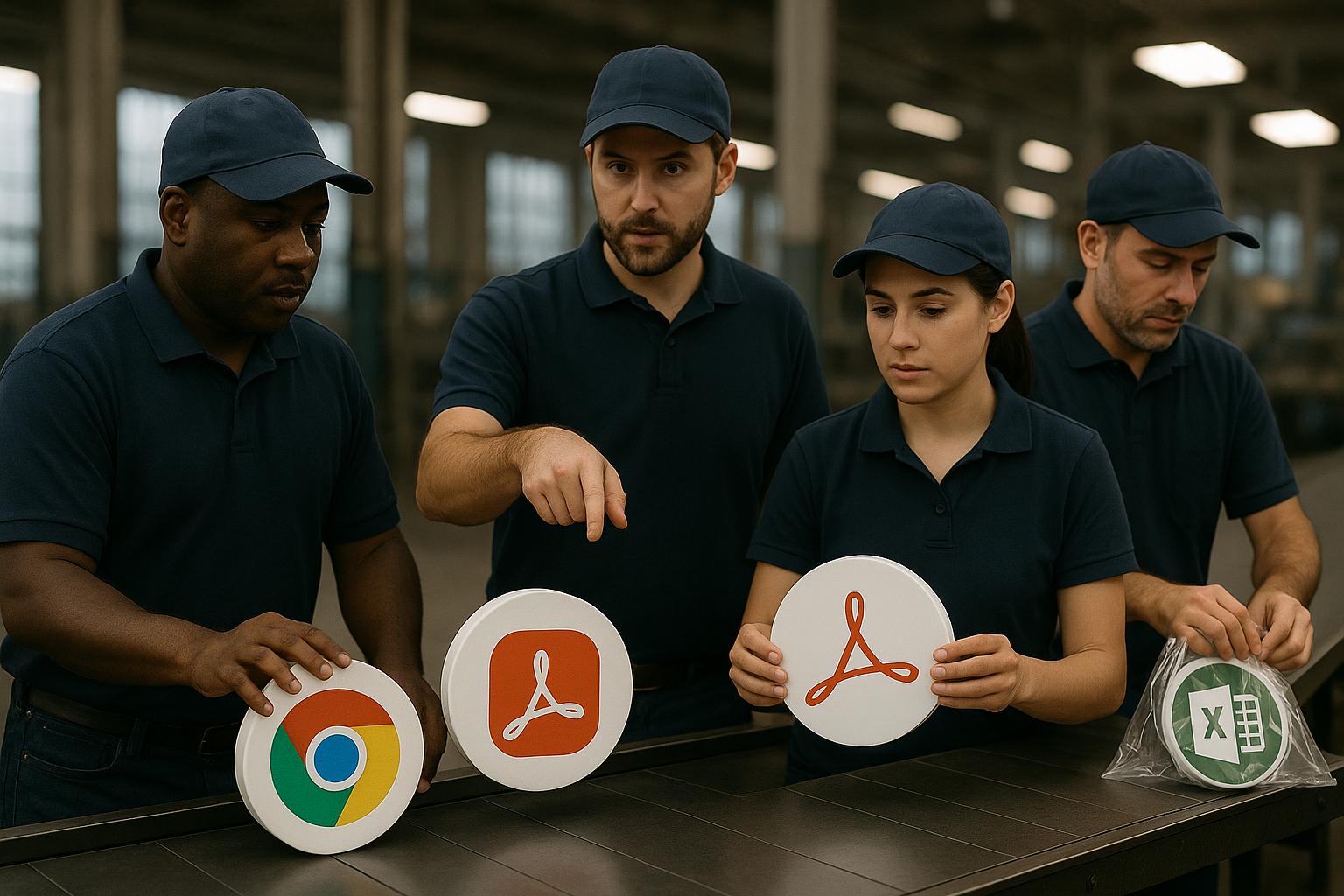



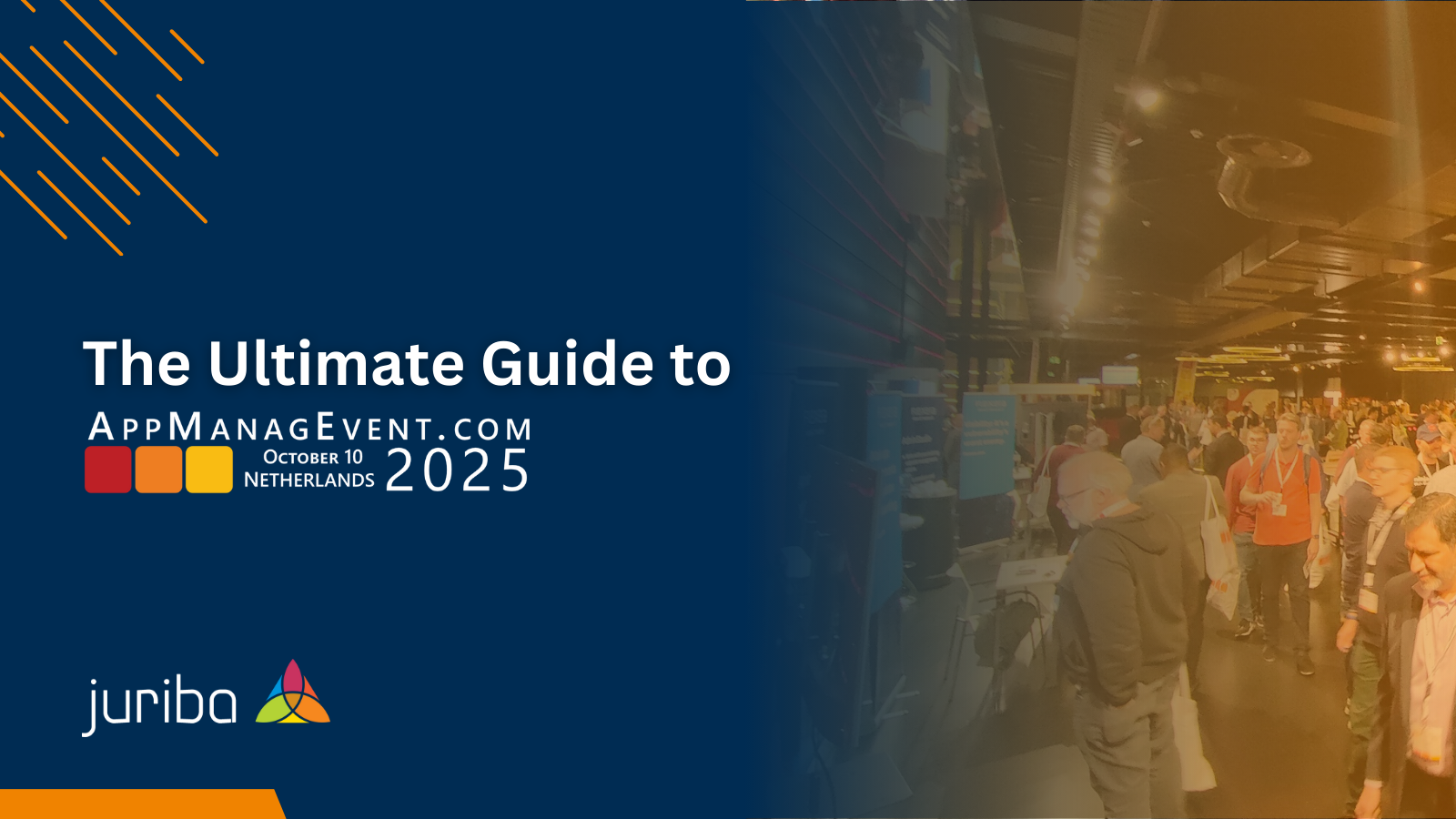


.png?width=1600&height=900&name=PSAppDeployKit_FeaturedImage%20(1).png)
